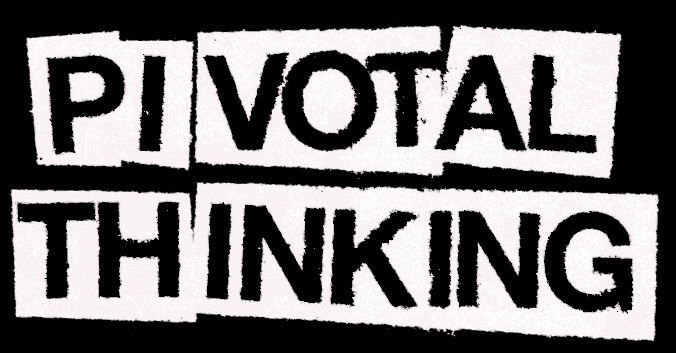
September 2023
Glocalization and The Era of New Connections
In our hyperconnected world, brands face the challenge of navigating cultural fluidity and connectivity to succeed. Today we discuss glocalization, which blends global and local perspectives to captivate audiences worldwide. Who are the rising stars known as Third Culture Kids (TCKs), who effortlessly navigate between cultures, bridging gaps from diverse communities? While standardization plays its part, is there a place for localization, tailoring experiences to resonate deeply with local audiences? Is the best of both worlds possible?
(Oh yes, we want it all!)
Enjoy this one.
MUST-READS

Embracing Cultural Hybridity for Global Marketing Success with Third Culture Kids
The rise of Third Culture Kids (TCKs) in our culturally fluid era presents opportunities and challenges for industries. TCKs' ability to bridge cultures demands a fresh approach from brands, reflecting the evolving global landscape. Embracing TCKs can unlock innovative marketing strategies that resonate with our diverse world. By tapping into TCKs' experiences, brands can harness authenticity, cultural fluency, and a global perspective to captivate worldwide audiences.
TCKs, often detached from their country of origin, embody cultural hybridity, enabling them to effectively bridge cultural gaps. Recognizing TCKs as the new norm, industries can leverage their cultural fluency for borderless marketing campaigns. These TCKs represent a new norm in our interconnected world, finding kinship among peers who share similar experiences. Industries should engage with TCKs at a deeper level, aligning their approaches with TCKs' unique identity as global citizens by birth.

So, Is Standardization in Marketing Still a Thing?
Standardization in marketing establishes consistent practices and messages across diverse markets, building a strong brand identity and credibility. It reflects a commitment to quality and recognition in an interconnected world.
In summary, yes, standardization remains relevant. It creates a consistent global brand voice and visual identity, facilitating localization in different markets. This cohesive approach reinforces brand identity, values, and loyalty, setting brands apart from competitors. Alongside standardization, localization and adaptation are vital to engage local audiences effectively and build trust. Trustworthy and recognizable brands are favoured by consumers and ease market expansion.

Localization: The Key to Stabilizing Brand Audiences in Local Markets
Localization has emerged as a powerful tool for global marketers seeking to establish a strong foothold in international markets. According to a survey, 84% of respondents reported that localizing content had a significantly positive impact on company growth. This finding highlights the pivotal role of localization in driving business success and capturing the attention of local audiences. By adapting their brands for cultural differences and engaging with local audiences, marketers are creating premium customer experiences that resonate and convert customers across various channels.
To achieve scalable and quality multilingual customer experiences, companies are directing their localization strategies towards different content channels. Brand awareness content, such as paid ads, email campaigns, and white papers, are being localized to cater to specific markets. Notably, the localization of search engine optimization (SEO) has gained prominence, with 41% of marketers localizing SEO for all their markets and another 40% doing so for select markets. Moreover, marketers are going beyond translation and adapting imagery, brand terminology, and tone of voice to establish a genuine connection with local audiences.
SNAPSHOT

From Mandarin to Latin : J + I + A
When rebranding a Chinese Family Office to support their global expansion, our creatives at the Hong Kong office decided the logo needed to stay true to their roots. 家, which means home or family and can be pronounced “JIA” in pinyin, was the foundation for the design of their new brand logo.
BY THE NUMBERS

4
In the summer of 2023, Vietnam, Algeria, Lebanon and Kuwait decided not to join the pink wave and banned the movie Barbie. While “the world” is buzzing about it, the film’s theme is not a comfortable public discourse for some jurisdictions.
Source
EARWORTHY
Using A Brand to Say Who We Are in the World
To play such a role, a brand must really question what it intends to mean in the minds of people and use local culture to influence a market. A fascinating podcast that will make you want to take notes!


